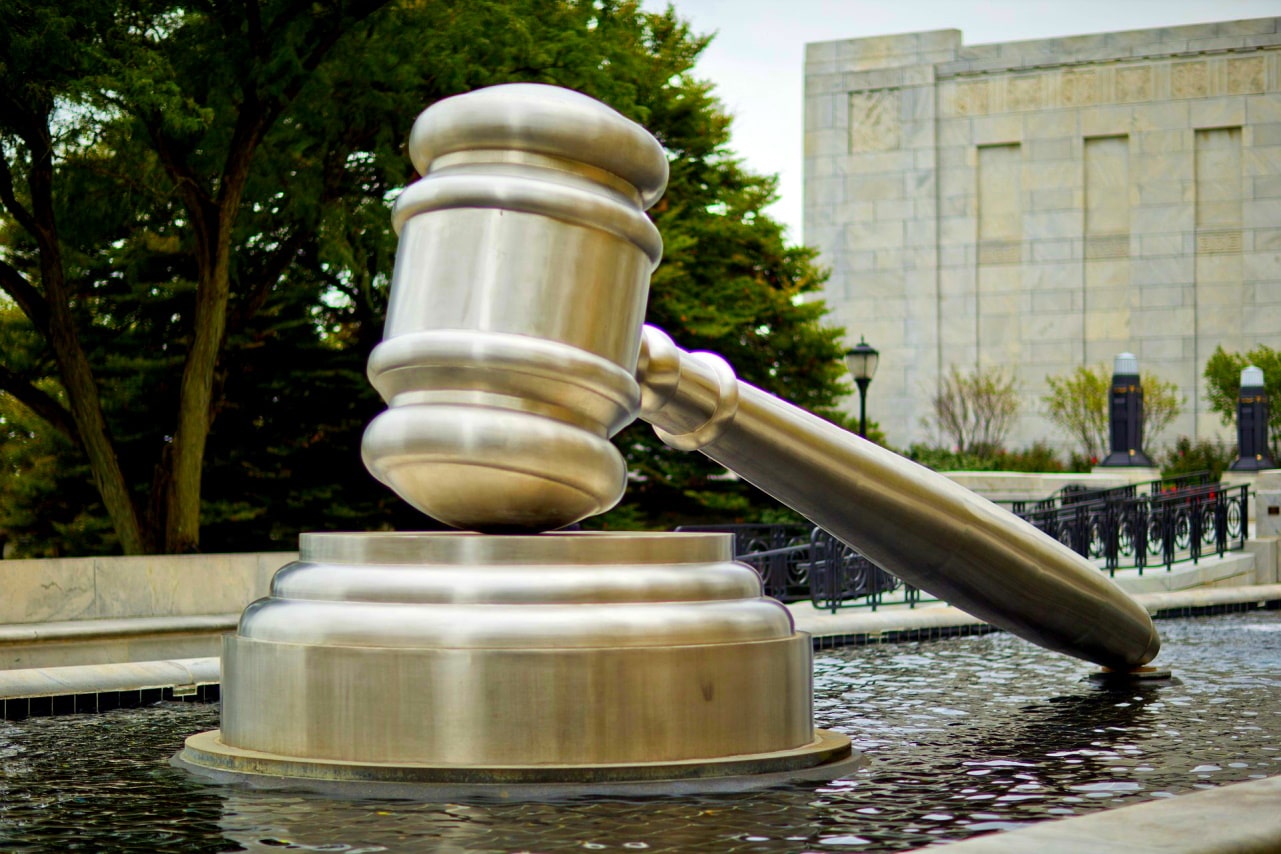How to protect your interests and navigate the UDRP process if your domain name is subject to a Uniform Domain-Name Dispute-Resolution Policy (UDRP) complaint.
If you own a domain name, you know how important it is to protect it from any possible infringement or misuse. However, sometimes disputes arise, and the Uniform Domain-Name Dispute-Resolution Policy (UDRP) comes into play. UDRP is a process established by the Internet Corporation for Assigned Names and Numbers (ICANN) that allows trademark owners to challenge the registration and use of a domain name that they believe infringes their rights.
If your domain name has been hit with a UDRP complaint, it’s essential to act quickly and follow the necessary steps to protect your interests. In this article, we’ll discuss what you need to do if your domain name has been hit with a UDRP complaint.
Understand the UDRP Process
The first step in dealing with a UDRP complaint is to understand the process. When a trademark owner believes that a domain name infringes their rights, they can file a complaint with one of the approved dispute resolution providers (DRPs). The DRP will then send a copy of the complaint to the domain name holder, who has 20 days to respond.
If the domain name holder doesn’t respond or doesn’t contest the complaint, the DRP can proceed with the case, and the trademark owner can be awarded the domain name. However, if the domain name holder contests the complaint, the DRP will hold a hearing and decide whether the domain name should be transferred to the trademark owner.
Gather Evidence
If you receive a UDRP complaint, the next step is to gather evidence that supports your case. You need to prove that you have a legitimate interest in the domain name and that you haven’t registered or used it in bad faith. The evidence you gather can include:
- Documentation of your business or organization and how the domain name relates to it.
- Evidence of your use of the domain name, such as website content, marketing materials, and customer feedback.
- Proof that you registered the domain name in good faith and without knowledge of any potential trademark infringement.
It’s crucial to be thorough and accurate when gathering evidence as it can make a significant difference in the outcome of the case.
Find Legal Representation
If you’re facing a UDRP complaint, it’s essential to find legal representation. An experienced attorney who specializes in intellectual property and domain name disputes can help you navigate the UDRP process and protect your interests. They can help you prepare a response to the complaint, gather evidence, and represent you at the UDRP hearing.
Respond to the Complaint
Once you have gathered evidence and found legal representation, the next step is to respond to the UDRP complaint. You have 20 days to submit your response to the DRP, and it’s crucial to do so promptly. Your response should address the specific allegations in the complaint and include evidence that supports your case.
Attend the Hearing
If the UDRP case proceeds to a hearing, it’s essential to attend and participate in the process. Your legal representation can help you prepare for the hearing and present your case effectively. The DRP will consider the evidence and arguments from both sides and make a decision on whether the domain name should be transferred to the trademark owner.
Consider a Lawsuit
If the UDRP decision is unfavorable, you may want to consider filing a lawsuit. A lawsuit can challenge the UDRP decision and seek to protect your rights to the domain name. However, a lawsuit can be a costly and time-consuming process, so it’s essential to weigh the potential benefits against the risks and costs.
If your domain name has been hit with a UDRP complaint, it’s essential to act quickly and take the necessary steps to protect your interests. Understanding the UDRP process, gathering evidence, finding legal representation, responding to the complaint, attending the hearing, and considering a lawsuit are all critical steps in the process. By taking these steps, you can increase your chances of a favorable outcome and protect your rights to your domain name.
It’s worth noting that preventing a UDRP complaint in the first place is the best way to protect your domain name. Before registering a domain name, it’s important to conduct a thorough search and ensure that it doesn’t infringe on any existing trademarks. If you receive a cease-and-desist letter from a trademark owner, it’s essential to take it seriously and consider your options before continuing to use the domain name.
Dealing with a UDRP complaint can be a challenging process, but it’s important to take it seriously and act quickly to protect your rights. By understanding the UDRP process, gathering evidence, finding legal representation, responding to the complaint, attending the hearing, and considering a lawsuit, you can increase your chances of a favorable outcome and protect your interests. If you’re facing a UDRP complaint, it’s essential to take action as soon as possible and work with experienced professionals to navigate the process.
Have you ever faced a UDRP complaint for a domain name? If so, what steps did you take to protect your interests? If not, what steps do you think you would take if faced with a UDRP complaint in the future?

